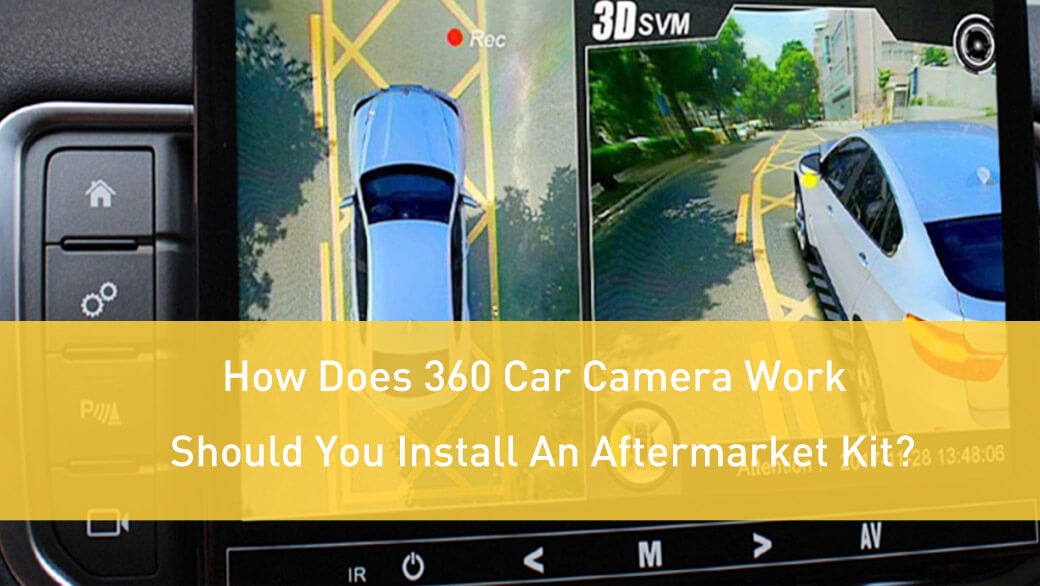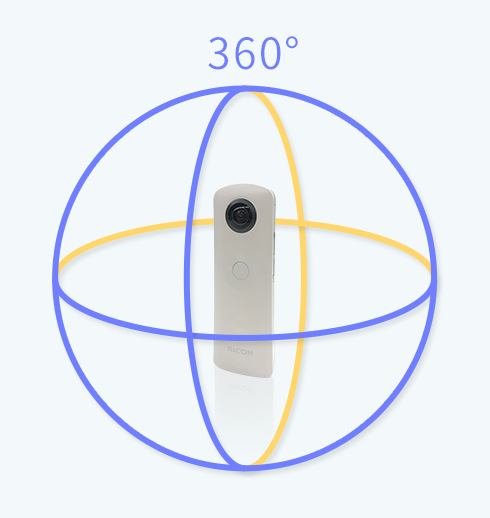360 cameras work by capturing images and video in all directions simultaneously, providing an immersive viewing experience. These cameras use multiple lenses to capture a full 360-degree field of view, allowing users to create interactive and engaging content.
In today’s digital age, the demand for innovative technology continues to grow, and 360 cameras have become a popular choice for capturing immersive content. From virtual tours to action sports videos, these cameras offer a unique perspective that traditional cameras cannot achieve.
By understanding how 360 cameras work, we can better appreciate the technology behind them and explore the endless possibilities they offer for creative expression and storytelling. Let’s delve deeper into the workings of 360 cameras and uncover the magic behind these cutting-edge devices.

Credit: www.kocchis.com
Types Of 360 Cameras
When it comes to capturing immersive 360-degree content, there are several types of cameras available in the market. Whether you’re a professional photographer or a casual enthusiast, understanding the different types of 360 cameras can help you choose the one that best suits your needs.
Single-lens 360 Cameras
A single-lens 360 camera, also known as a monoscopic 360 camera, captures 360-degree content using a single lens. These cameras are compact and portable, making them an ideal choice for on-the-go adventures or travel photography. With their simplicity and ease of use, they are suitable for beginners.
Single-lens 360 cameras capture full spherical images by stitching together individual frames from a wide-angle lens. These cameras often come with built-in image stabilization to reduce blurriness and enhance the overall image quality.
Some popular examples of single-lens 360 cameras include the Insta360 ONE R, Ricoh Theta V, and GoPro Max. They provide high-quality images and videos in a single shot, allowing you to relive the captured moments in a fully immersive way.
Dual-lens 360 Cameras
A dual-lens 360 camera, as the name suggests, utilizes two lenses to capture 360-degree content. These cameras, also known as stereoscopic 360 cameras, capture images and videos with depth perception, resulting in a more realistic and immersive experience.
By using two lenses, dual-lens 360 cameras mimic how our eyes perceive depth, making the content appear more three-dimensional. This creates a sense of depth and enhances the viewers’ immersion in the virtual environment.
Popular dual-lens 360 cameras include the Vuze XR, Insta360 EVO, and Kandao Qoocam 8K. These cameras offer the advantage of both capturing 3D content and converting it to normal 360 content for shared viewing.
Multi-lens 360 Cameras
Multi-lens 360 cameras feature multiple lenses, usually four or more, to capture 360-degree content. These cameras, also known as stereoscopic or multi-sensor 360 cameras, utilize multiple lenses to achieve higher image quality and more advanced features.
By using multiple lenses, these cameras can capture higher resolution images and video, reduce stitching errors, and provide more accurate color replication. This results in sharper, more detailed, and more vibrant immersive content.
Some prominent examples of multi-lens 360 cameras include the Insta360 Titan, Kandao Obsidian R, and Z CAM V1 Pro. These cameras are typically used by professionals in fields such as VR filmmaking and virtual tours, where the highest image quality and accuracy are required.
Choosing the right type of 360 camera depends on various factors, including your budget, needs, and level of expertise. Single-lens cameras are great for casual users and beginners, while dual-lens and multi-lens cameras provide more immersive and high-quality experiences for professionals and enthusiasts.

Credit: blog.ricoh360.com
Key Features In 360 Cameras
A 360 camera is a revolutionary device that captures the entire surroundings in one shot, immersing the viewer in a unique visual experience. Understanding the key features of 360 cameras can help users make informed decisions about purchasing and using these innovative tools.
Image Stitching
Image stitching is a crucial function in 360 cameras, where the device seamlessly combines multiple images to create a cohesive, panoramic view. This process allows for a smooth transition between the separate lenses of the camera, providing a complete 360-degree perspective for the viewer.
Field Of View
The field of view, commonly referred to as FOV, denotes the range of vision captured by the 360 camera. A wider field of view enables the camera to encompass more of the environment, resulting in a more immersive and comprehensive viewing experience.
Resolution
Resolution is a fundamental aspect of any camera, and 360 cameras are no exception. The higher the resolution, the sharper and more detailed the captured imagery. This is particularly crucial in 360 cameras, as the expanded field of view demands higher resolution to maintain image quality.
360 Live Streaming
360 live streaming is a cutting-edge feature that allows users to broadcast real-time, immersive content to their audience. This feature opens up new possibilities for live events, virtual tours, and interactive experiences, enhancing engagement and interaction with the viewers.
Applications Of 360 Cameras
Virtual Reality
360 cameras enhance VR experiences by capturing immersive content for users.
360 Photography And Videography
360 cameras enable creators to capture stunning panoramic images and videos.
Sports And Adventure
360 cameras are used in sports and adventure to provide engaging first-person perspectives.
Real Estate And Architecture
360 cameras aid in showcasing properties and architectural designs in a comprehensive way.

Credit: www.insta360.com
Conclusion
360 cameras offer an immersive experience by capturing every angle. These cameras use multiple lenses to create spherical footage, providing a unique perspective for viewers. As technology continues to advance, 360 cameras will likely become more accessible and popular for both personal and professional use.
Whether for virtual reality, real estate, or documenting events, 360 cameras are changing the way we capture and experience the world.


0 comments